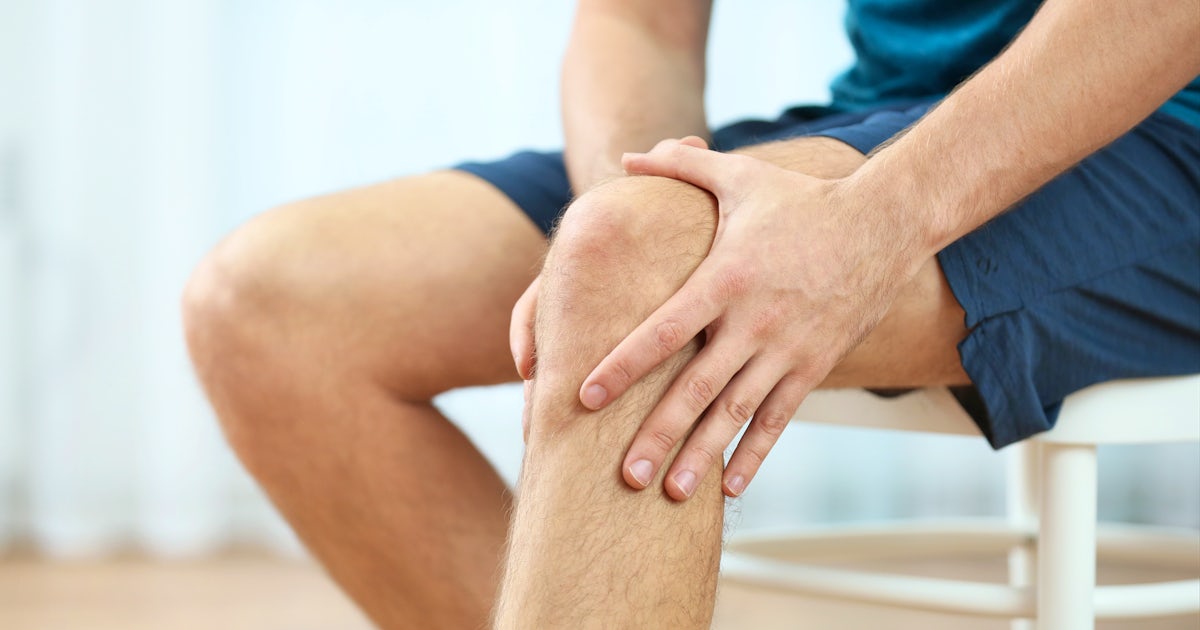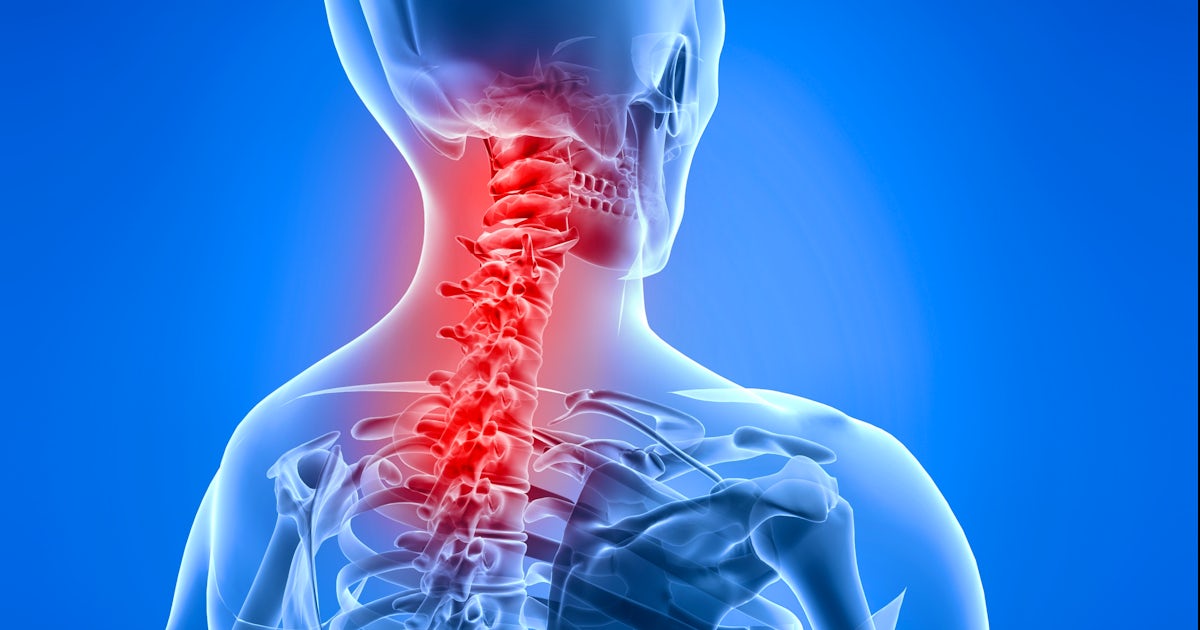CrossFit has certainly become very popular in the recent years, and for good reason, it is a very time efficient way to build muscle and burn body fat! With fatigue however comes laxity in form. This can be a recipe for injury, but it doesn't have to be.
The amount of mobility required to complete many of the movements is lacking in many athletes; especially beginners. These problems stem mainly from lifestyle. Many of us sit at a desk all day, or have jobs that have altered our posture. This rounded posture that many of us develop may lead to shoulder, hip, or lower back issues.
Though CrossFit does a fantastic job of targeting your "functional fitness" goals, muscle activation is lacking in many athletes which will lead to compensation, and eventually injury. Try these 3 exercises below that target key areas in the shoulders, back, and hips and stay injury free.
1.) Seated Rows- Due to the explosiveness of many moves, and the focus on the entire kinetic system, the rhomboids are one muscle that is often forgotten about. This muscle group in particular is responsible for scapular retraction. Scapular retraction must occur in over-head movements in order for the shoulder to move impingement free. An extremely affective way to strengthen and activate the rhomboids is through the seated row, with a focus on pinching the shoulder blades together.
2.) Face-Pulls- The rear-deltoids are another group that is responsible for good posture, pulling your shoulder blades back. These are often inhibited by over-active or tight upper traps. Likewise, in order for the shoulder to stay healthy these must be firing and functioning appropriately.
3.) Planks- Do your knees cave or does your lower back round during your squat? Contrary to popular belief, just because you squat and deadlift does not mean you have a strong core. Planks are a fantastic core activation exercise that address's the entire circumference of the core (abs, oblique's, glutes, and lower back).
Give these exercises a try and keep the PR's rolling!
Keep Moving.


